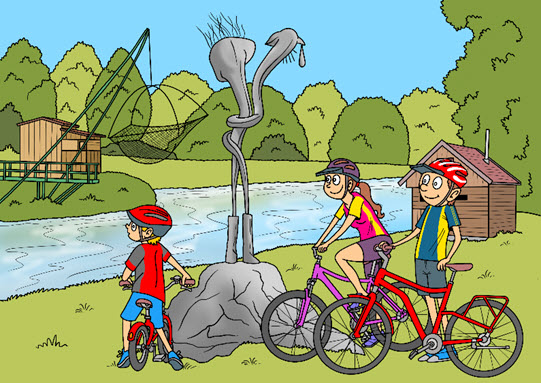In the 6th century, Slavic tribes migrated from the east to the territory of present-day Slovakia. In the 9th century, the Moravians founded their kingdom, which included the Slovaks from the western parts. Since the early medieval period, rulers have shown a keen interest in the region where the Morava passes through; kingdoms have been established and states formed. Major events that shaped the history of Europe have taken place on the battlefields spanning the present Dreiländereck (border triangle) at the mouth of the Thaya River and the confluence of the Morava with the Danube. After the First World War, Thomas Masaryk and Karl Renner were the leading statesmen of the new states of Czechoslovakia and Austria. Their birthplaces coincide with the region of the Dreiländereck. Two adversaries who were at odds during the Iron Curtain period originated from the area around Bratislava. Alexander Dubček was the face of the short ‘Prague Spring’ of 1968, while Gustáv Husák organized the harsh response. For him the Iron Curtain was not a location for strolls and hikes – not yet! The place where the Thaya River flows into the Morava became a border triangle on 1 January 1993, when the peaceful separation of Czechoslovakian federal republics took place, resulting in the successor states of Czechia and Slovakia. Unperturbed by the political upheavals and marking of borders, the waters of the Morava have been flowing towards the Danube for millennia. The habitats along the banks of the Morava are today a part of the European Natura 2000 network. They are particularly appreciated by the resident wildlife, some of which are endangered. Visitors to the area can enjoy unspoiled natural landscapes.


